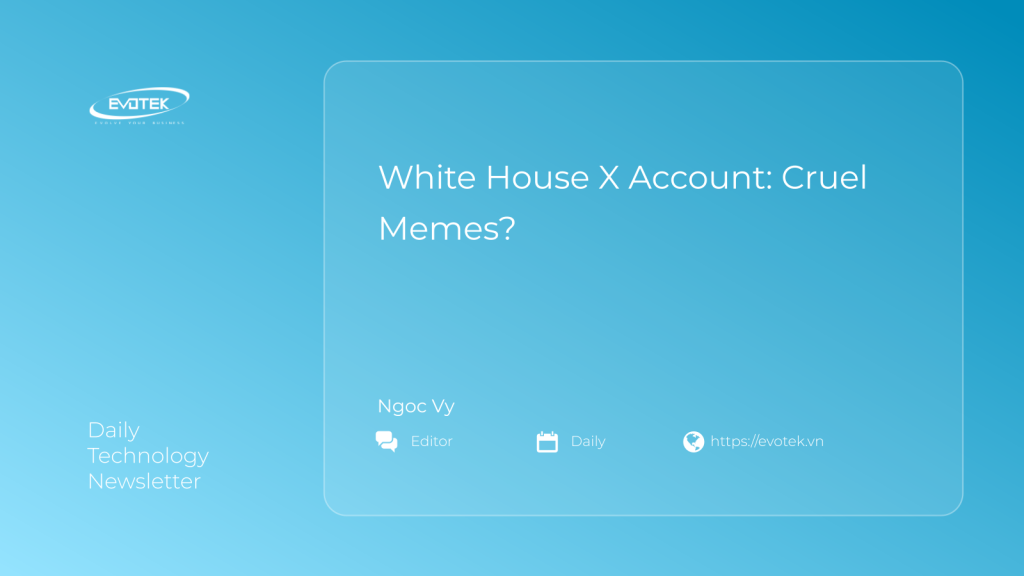Is the official White House X account engaging in cruel behavior reminiscent of dark corners of the internet? Let’s dive into some examples.
The White House’s Content Strategy
The White House’s X (formerly Twitter) account has shifted from mundane updates to provocative content aimed at its political base. But has it gone too far?
Examples of Controversial Posts
Recent posts have sparked controversy, including:
- A photo of an undocumented immigrant in custody.
- An AI-generated image of the same individual in the style of Studio Ghibli.
- A picture of Vice President J. D. Vance with a tactical rifle.
- A video celebrating the “Gulf of America” language.
More Than Just Shock Value
Critics argue these posts are not mere jokes. They are intentionally designed to elicit strong reactions, often by dehumanizing immigrants and provoking outrage from political opponents.
The “ASMR Deportation” Video
One of the most controversial examples is a video titled “ASMR: Illegal Alien Deportation Flight,” which showed faceless men being shackled and deported. This post was widely criticized for its dehumanizing tone, with many comparing it to content found on far-right online forums.
Who’s Running the Account?
Speculation abounds regarding who is behind the White House X account. Some suggest it’s someone familiar with far-right internet culture.
Propaganda and Intimidation
Critics argue that the White House is using its X account for propaganda, employing tactics and aesthetics borrowed from online extremists. An example is Secretary of Homeland Security Kristi Noem’s video from a prison in El Salvador, which was seen as a message of intimidation to undocumented immigrants.
The Broader Implications
The White House’s embrace of extreme online tactics is concerning. It suggests a cultural shift where empathy is diminished, and dehumanization becomes a political tool.
Disclaimer: This article presents a critical analysis of the White House X account based on publicly available information.
Source: The Atlantic

 日本語
日本語 한국어
한국어 Tiếng Việt
Tiếng Việt 简体中文
简体中文